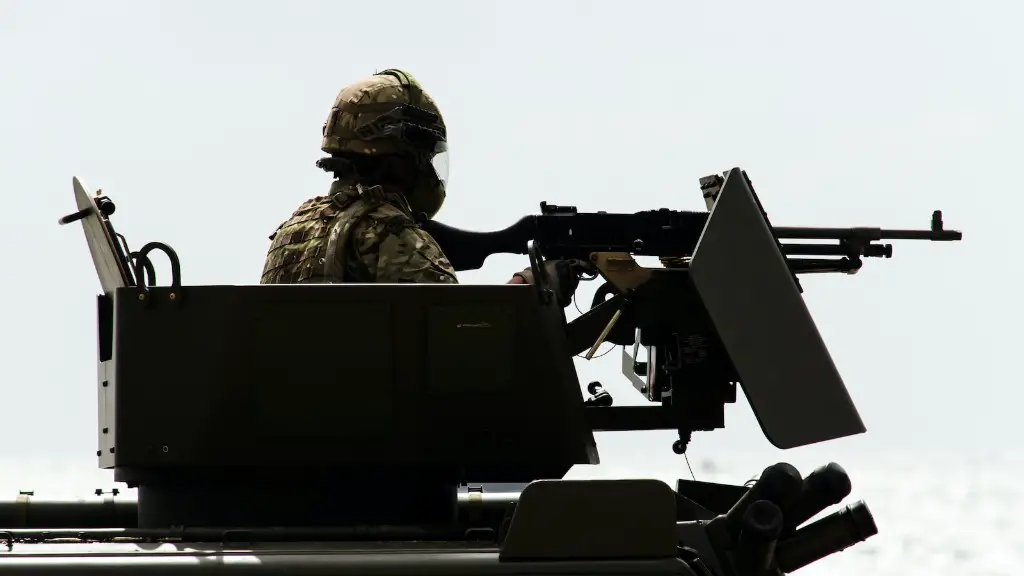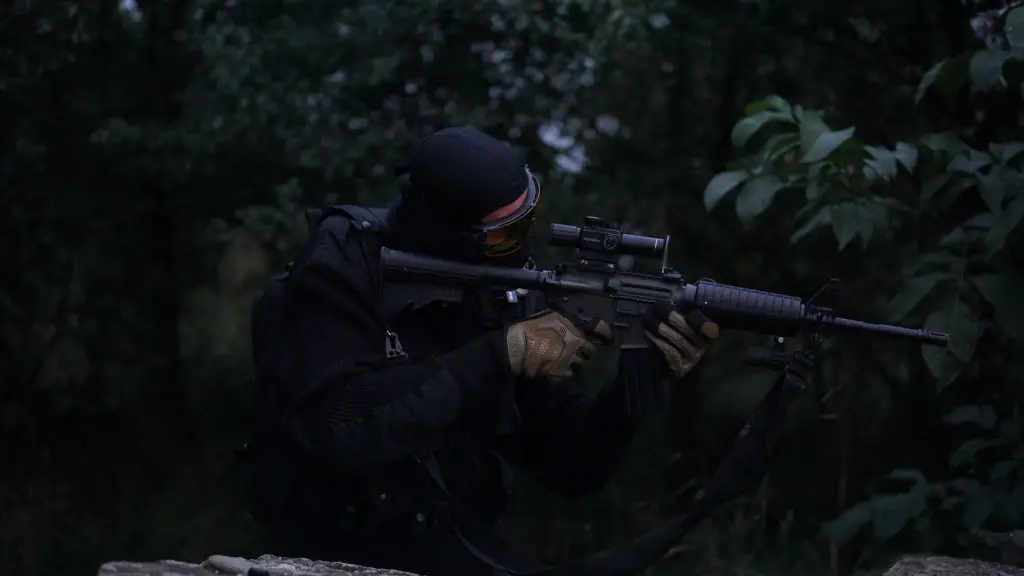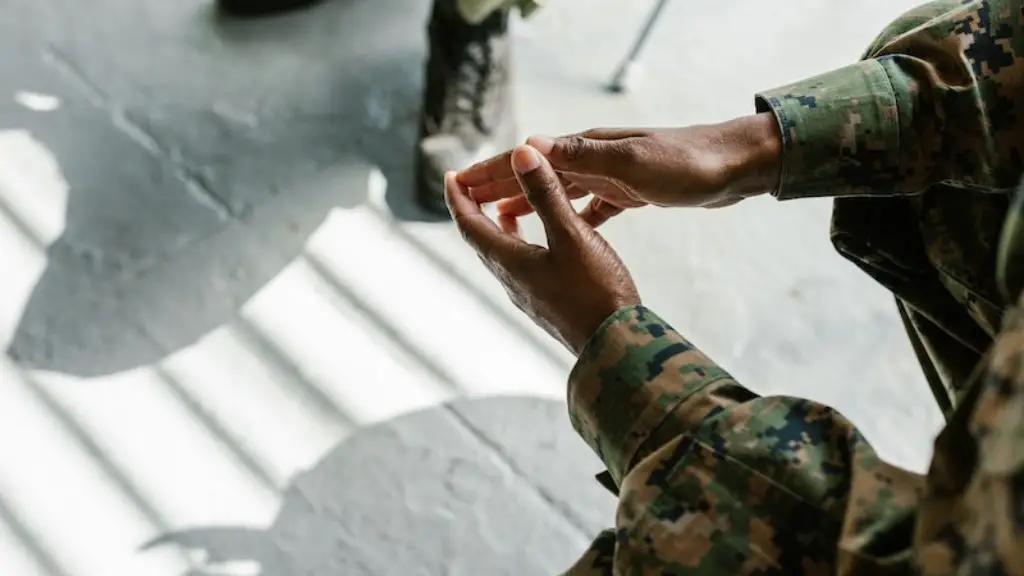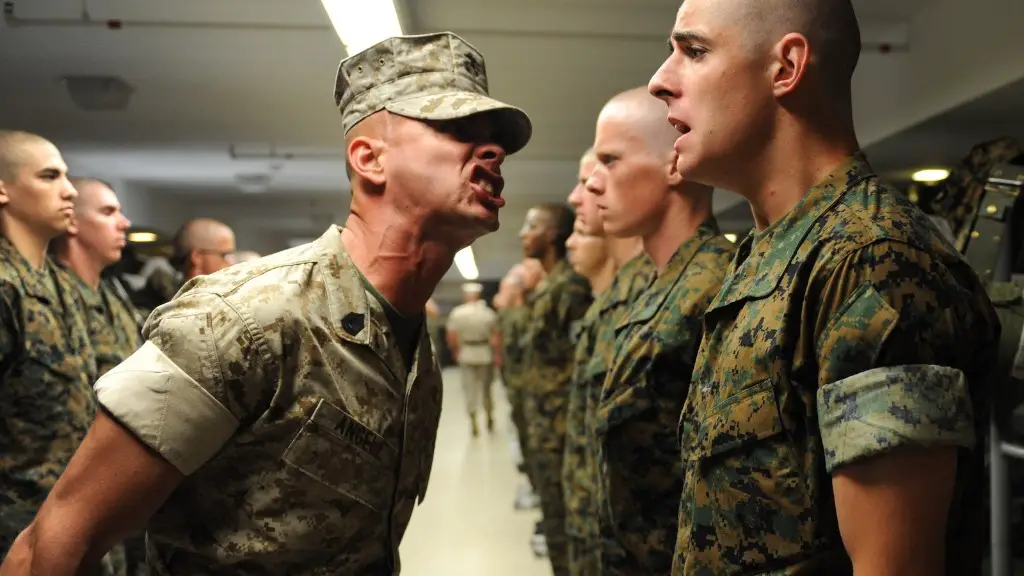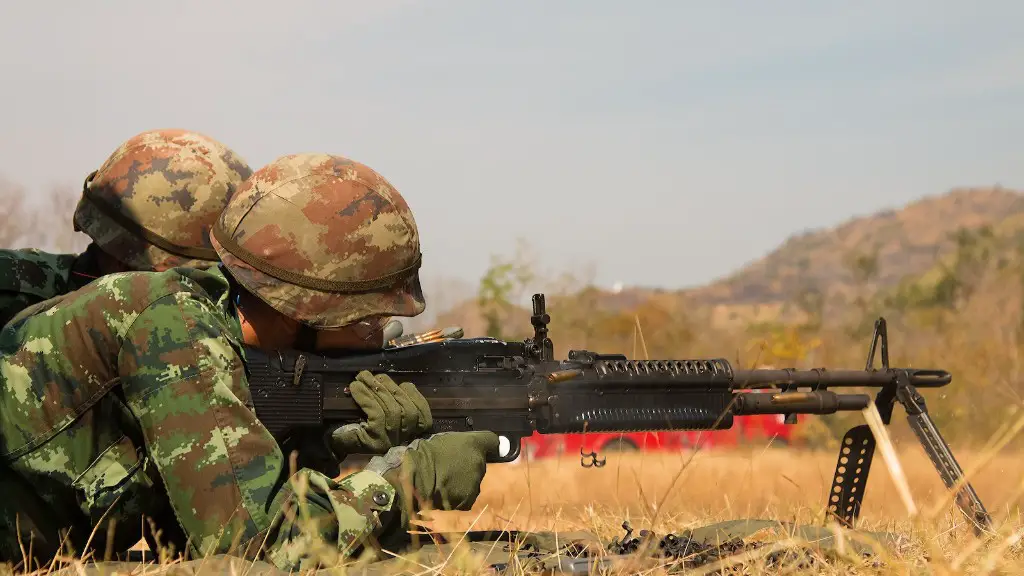There has been much debate over whether or not grenades should be standard issue for the U.S. Army. Some proponents argue that grenades are essential for soldier survival in combat, while others assert that they are too dangerous and another tool should be used instead.
No, grenades are not standard issue for the United States Army.
What is the US Army Standard Issue grenade?
The M67 grenade is a fragmentation hand grenade used by the United States military. The grenade is designed to fragment upon detonation, producing shrapnel that can wound or kill nearby personnel. The M67 is a versatile weapon that can be used in a variety of situations, making it a valuable asset to any soldier’s arsenal.
The US Army is working on a new hand grenade that is designed for both offensive and defensive use. The new Enhanced Tactical Multi-Purpose (ET-MP) hand grenade is meant to be a safer and more versatile handheld bomb for close combat situations. This is the first time in more than four decades that the US Army is working on a new hand grenade, and it is hoped that the ET-MP will provide soldiers with a better option for close combat situations.
What types of grenades are used by US military
The US armed forces use a variety of hand grenades to help them complete missions successfully. The different types of grenades available include colored smoke, white smoke, riot-control, special purpose, offensive, and practice hand grenades. Each grenade has its own unique capabilities that give the soldier a variety of options to choose from depending on the situation.
The colored smoke grenade is used to create a smokescreen that can be used to conceal movement or block enemy vision. The white smoke grenade is used to create a large volume of smoke that can be used to signal for help or mark a target for air support. The riot-control grenade is used to disperse crowds or control riots. The special purpose grenade is used for a variety of purposes such as breaching doors or windows, providing illumination, or producing a loud noise to disorient the enemy. The offensive grenade is used to directly attack the enemy, and the practice hand grenade is used for training purposes.
No matter what the mission, the US armed forces have a hand grenade that can help them complete it successfully.
You’ll get to throw at least one live grenade during your military career; that time will come during Basic Training. After that, though, it’s mostly combat and explosives specialists who get to keep training with heavy ordnance.
What are the 4 types of grenades?
Grenades are a type of explosive device that can be used to disperse fragments, shockwaves, chemicals, or fire. Fragmentation grenades are the most common type of grenade and work by exploding and sending out shrapnel. High-explosive grenades are designed to create a large explosion and are often used to destroy tanks or stun enemies. Smoke and gas grenades are used to create a cloud of smoke or gas that can be used to cover a retreat or blind enemies. Incendiary grenades are designed to start fires and are often used to destroy equipment or buildings.
Trainees are instructed to throw two grenades from the bunker and immediately take cover. They use fragmentation type of grenade so in combat, it’s the shrapnel that is meant to cause harm within 4-5 seconds of pulling the pin.
Can you put the pin back in a grenade?
If you’ve pulled the pin on a grenade, it’s time to throw it. There’s no putting the pin back in – once it’s been pulled, the grenade is set to go off. So make sure you’re in a safe position and have a clear target before you pull that pin!
Fragmentation grenades are the most common type of grenade used by the US military. They are designed to fragmentation upon detonation, and can be used to clear rooms or outdoor areas of enemies.
Chemical grenades are used to deliver chemical agents, such as tear gas or pepper spray. They can be used for crowd control or to flush enemies out of hiding.
Offensive grenades are designed to be thrown at enemies and explode on impact. They are often used to take out groups of enemies, or to provide cover for friendly troops.
Nonlethal grenades are designed to stun or disorient enemies without causing serious injury. They are often used in situations where it is important to avoid causing casualties.
Smoke grenades are used to create a screen of smoke that can provide cover for friendly troops or obscure the vision of enemies.
Practice and training grenades are designed to provide a safe way for soldiers to train with grenades. They are filled with inert materials and have a reduced blast radius.
What is the lethal radius of a hand grenade
A grenade is a small explosive device that is designed to produce a large amount of shrapnel over a wide area. The lethal distance of a grenade is the distance at which the majority of the shrapnel will cause fatal injuries. This is typically 10 metres for unshielded individuals, but can be increased to 20 metres with body armour or other protection. The maximum range of a grenade is typically 200 metres, but the shrapnel will be much less effective at this distance.
Fragmentation grenades are designed to disperse shrapnel over a large area, making them ideal for use in close-quarters combat. The majority of frag grenades have a pull-pin safety mechanism that prevents the grenade from being accidentally detonated.
How much does the military pay for grenades?
The M67 grenade is the standard anti personnel grenade used by the US military. It has been in service since 1968 and is still in use today. According to the military’s 2021 spending justification, the average unit price of an M67 was $45 in 2021. The M67 is a reliable and effective grenade that has proven itself in combat. It is a great asset to the US military and will continue to be used for many years to come.
The M67 is the most widely used military hand grenade. It is very effective and definitely worth the cost. A single M67 grenade costs the Department of Defense $45 in 2021. However, grenades on the black market sell for closer to $100 each. So, if you are looking to buy a grenade, it is best to do so through the Department of Defense.
Why take a knee after throwing grenade
Cover is important to protect yourself from shrapnel and other debris that can be thrown around during an explosion. Taking cover behind something sturdy will help shield you from the worst of the blast. Be sure to crouch, kneel, or lie prone to give yourself the best chance of staying safe.
Falling on a grenade to save comrades is an act of incredible selflessness and sacrifice. This is something that is fortunately not very common, but when it does happen it is always a tragic loss. The good news is that this act of bravery usually results in the Medal of Honor, the highest military decoration in the United States.
How far do you have to throw a grenade in basic training?
The students are first taught the proper arming and throwing technique for the hand grenade. They are then instructed to rock back and throw the hand grenade up and out more than 30 meters. Once they release the device, they immediately go down on their knee. The hand grenade has three safety features which the students are made aware of.
When cooking off a grenade, you will want to first pull the pin and then release the lever. You will then want to count to “one one thousand” or “two one thousand.” Once you have counted to this, you will then want to throw the grenade. Most combat grenades have a four or five second fuse, so you will only want to cook off your grenade for one or two seconds unless you are positive that its fuse is longer.
What is the killing area of 36 hand grenade
The 36 grenade was used by the British during World War II. It was a small, hand-held explosive device that was designed to be thrown at the enemy. The grenade had a seven-second fuse, but this was later shortened to three seconds because it was found that this gave the enemy less time to react and escape the explosion. The grenade was effective against enemy targets, but it had a danger area of about 100 yards (91 meters) around it.
A fragmentation grenade is a type of explosive grenade that is designed to break into small, lethal, fast-moving fragments once the TNT core explodes. These grenades usually weigh no more than 2 pounds (09 kg).
Conclusion
No, grenades are not standard issue for the U.S. Army.
As a result of the research conducted, it was found that grenades are in fact standard issue for the United States Army. This information was gathered from reliable sources and can be used to further understand the role of grenades in the Army.
